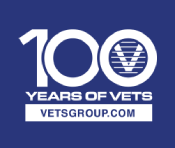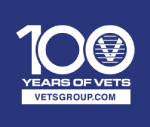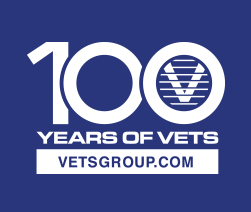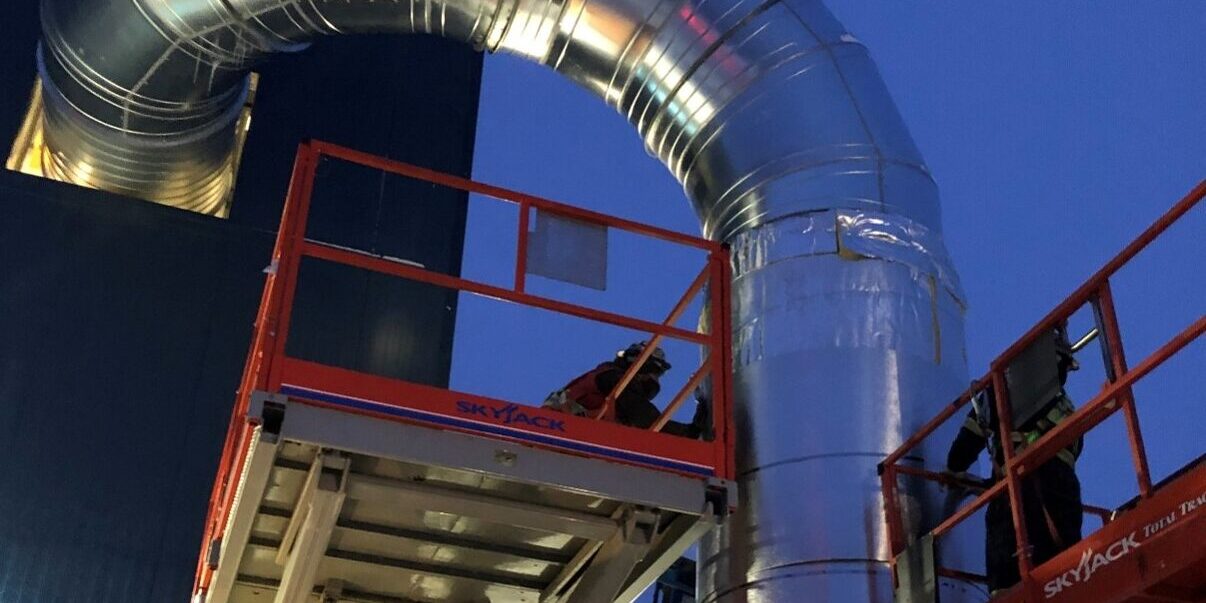In this case study a customer came to our engineering department for support to solve two major problems that they were facing at their far north, fully remote gold mine. The most immediate issue was an excess of toxic fumes (hydrogen cyanide) contaminating the indoor building environment and putting people and the processing equipment at risk. The second issue the VETS team was asked to address was inconsistent and heat throughout the building due to the harsh winter climate, lack of fresh air and an undersized HVAC system.
Beginning with an exploratory site visit, the team wanted to understand more about the existing building environment, and source of contaminants. With this information, VETS’ engineers proposed the following solutions to the customer’s issues:
To address the spikes in exposure levels to harmful excess toxic fumes in the ADR building we proposed a two-prong solution of containment and source extraction. The process tanks in question were only partially covered, we proposed completely covering the tanks with a non-corrosive cover that can easily be removed for access and was light – weight with the ability to capture the excess fumes at the source to be expelled directly to the atmosphere. These two solutions offered a simple and cost-effective way to address a major issue pointed out by the client’s local health and safety authority.
The second problem of inconsistent heating in the process building was further impacted by the 85ft ceiling height, an undersized existing HVAC system and, due to the 100% remote nature of the site, access to energy to offer additional heat was a challenge. Upon evaluation, the engineering team suggested insulating and cladding HVAC ducting to and from the single existing make up air unit (MUA). A proposal was also made to add a second make-up air unit to the building that was propane fueled to address the access to energy fuel. In addition, the VETS team proposed destratification of the building by adding large, slow circulating fans to the ceiling to increase the pressure and circulate warm air trapped at the roof level back down to the floor level.
The goal of proposing these solutions was to increase efficiency of the existing HVAC system, contribute to a safer working environment for the client and allow easier access to the HVAC equipment in the winter months facilitating any potential repairs required.







